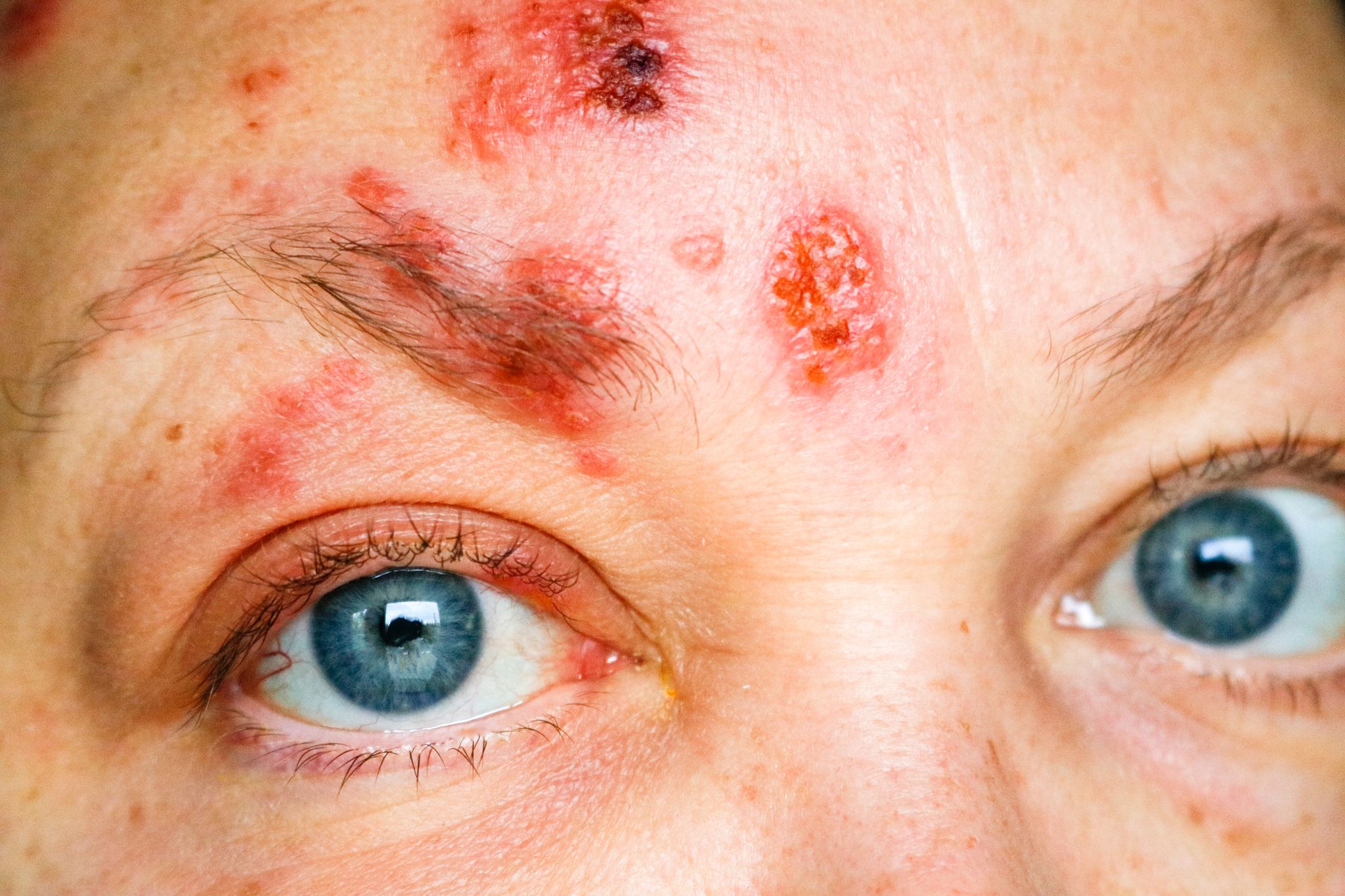Pain management treatment for Shingles. Shingles, also known as herpes zoster, is caused by the re-emergence of the varicella zoster virus (VZV) in former chickenpox patients. While an episode of shingles can cause acute pain and discomfort, patients rarely die from this viral infection. The skin lesions usually turn from clear to cloudy blisters, and crust over, within seven to 10 days of their development.
However, careful management of the acute phase is important to reduce the damage done by the virus.
Follow us on WhatsApp for the latest updates: https://bit.ly/AsiaMDWhatsAppEN
What not to do
Do not scratch the rash, as damage to the skin can lead to bacterial infection and can delay healing. Burning or scalding your skin, as is often done in the superstitious belief of smoking out the “snake”, is strongly advised against, as doing so can lead to infection and scarring.
Complications
Complications of shingles are more frequent in people with blisters in or around the eyes, forehead, and nose (ophthalmic shingles), around the ear or on the face. People with ophthalmic shingles should see an eye specialist immediately. The disease can cause painful eye infections that may result in vision loss.
Bacterial infection of the blisters can lead to delayed healing of the skin. Antibiotics are needed in these instances.
Postherpetic neuralgia is a condition in which constant or episodic nerve pain persists on long after visible symptoms of shingles have subsided. It is the most common complication, occurring in one out of five patients. It is usually more prevalent among patients above 50 years of age. The condition occurs when the VZV virus causes damage to the nerves under the skin of the affected area. Most people with postherpetic neuralgia will recover within a year. Occasionally, symptoms may last for years or even a lifetime. Those who suffer from the condition has described that the pain as aching, burning, throbbing, stabbing, or like electric shocks. The affected area can also feel intensely itchy and extremely sensitive to pain.
Neurological problems may arise as shingles affect nerve function. Depending on which nerves are affected, shingles can cause an inflammation of the brain (encephalitis), facial paralysis, or hearing or balance problems.
Treatment
Antiviral medicines such as acyclovir, valacyclovir, or famciclovir can shorten the duration of the disease if they are administered early – ideally within 72 hours of the development of the rash. Therefore, please see a family doctor as soon as you suspect that you have a case of shingles.
Over-the-counter pain medicine such as paracetamol and ibuprofen may help relieve the pain caused by shingles. And frequently, the family doctor will prescribed nerve stabiliser medication to treat nerve pain arising from the shingles. When the blistering has healed, a topical treatment such as lignocaine patch can be applied to the affected areas for pain relief. Cool, wet compresses, calamine lotion, and a lukewarm baths mixed with ground-up oatmeal may also help if one experience itchiness of the overlying skin.
You cannot get shingles from someone who has shingles, but you can get chickenpox if you have never been infected, or have not been inoculated.
This article has been verified medically by Dr Tan Tee Yong, consultant Anaesthesiologist and Pain Specialist at Surgi-TEN Specialists, Farrer Park Hospital (Singapore).






